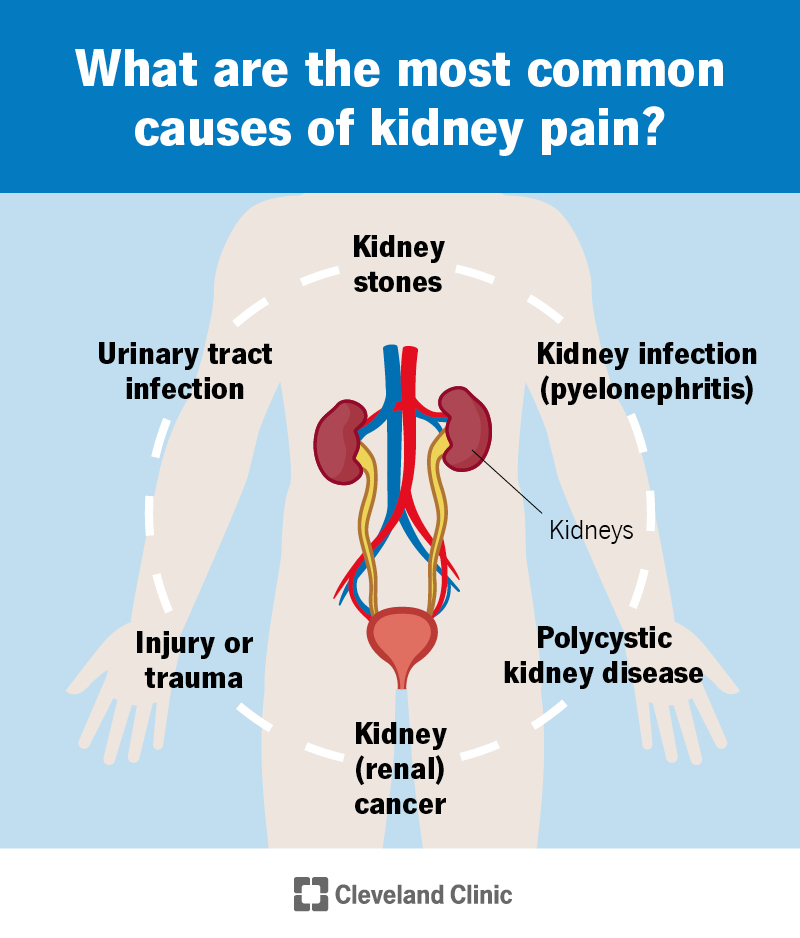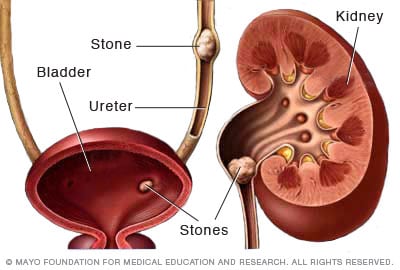Recognizing the Trick Distinctions Between Kidney Stones and Urinary System System Infections: An Extensive Introduction for Patients
Understanding the differences in between kidney stones and urinary system tract infections (UTIs) is vital for clients who might be experiencing similar symptoms yet encounter greatly different health and wellness challenges. As we explore these crucial elements, it comes to be clear that identifying the special characteristics of each condition can profoundly influence patient end results.
Summary of Kidney Stones
The formation of kidney stones, a frequently devastating and uncomfortable condition, underscores the important significance of keeping renal health. Kidney stones, additionally called renal calculi, are solid masses that create from crystals in the pee. These stones can differ in dimension from a grain of sand to a golf sphere and can stay in any component of the urinary system system. The key sorts of kidney stones consist of calcium oxalate, calcium phosphate, uric acid, struvite, and cystine stones, each with unique reasons and risk aspects.
Numerous variables add to the development of kidney stones. Furthermore, metabolic conditions and particular clinical conditions may predispose individuals to stone development.
Signs of kidney stones can include severe flank queasiness, discomfort, and hematuria, which usually motivate immediate clinical evaluation. Treatment options differ, varying from raised liquid intake and nutritional alterations to medical treatments such as lithotripsy or surgical elimination, relying on the size and place of the stones. Recognizing these elements is important for effective avoidance and administration.
Review of Urinary System Tract Infections
Urinary system tract infections (UTIs) represent an usual yet significant health worry, affecting millions of individuals each year. These infections happen when microorganisms get in the urinary system, which consists of the kidneys, ureters, bladder, and urethra.
The risk aspects for developing a UTI consist of sex-related task, specific types of birth control, urinary system retention, and a background of previous infections. Straightforward UTIs are normally restricted to the bladder and are much more typical in healthy and balanced individuals, while complicated UTIs might entail the kidneys and occur in those with underlying health and wellness problems.
Motivate medical diagnosis and treatment are vital to avoid problems, such as reoccurring infections or kidney damage (Kidney Stones vs UTI). Usually, UTIs are treated with anti-biotics, and safety nets can be used for those with frequent incidents
Typical Symptoms Comparison
Symptoms of urinary system tract infections and kidney stones can typically overlap, leading to complication in medical diagnosis. In contrast, kidney stones have a tendency to cause severe, sharp pain that emits from the back to the lower abdominal area and groin, typically described as colicky discomfort.
Additionally, UTIs might be accompanied by fever and chills, especially in a lot more severe cases, while kidney stones can lead to nausea or vomiting and throwing up due to extreme discomfort. While pain during urination is a trademark of UTIs, kidney stones usually provide with more acute discomfort episodes, which may come and go.
Medical Diagnosis Techniques
How can healthcare professionals accurately separate between kidney stones and urinary system infections? The diagnostic procedure starts with a thorough medical history and a detailed review of the person's signs and symptoms. Medical professionals frequently execute a physical examination, which may reveal inflammation in the abdominal area or flank area, guiding the diagnostic path.
Research laboratory examinations play an essential function in distinguishing between these two problems. Kidney Stones vs UTI. A urinalysis can recognize the presence of blood, crystals, or bacteria, which are a measure of either condition. In situations of urinary tract infections, the urinalysis may reveal a considerable presence of leukocyte and nitrites, while kidney stones might offer with specific crystals
Imaging researches, such as stomach ultrasound or computed tomography (CT) checks, are necessary for visualizing kidney stones. These imaging methods make it possible for health care providers to evaluate stone size, place, and potential blockages in the urinary tract. In contrast, urinary tract infections normally do not call for imaging unless problems are suspected.
Together, these analysis techniques equip healthcare specialists to properly set this website apart and identify between kidney stones and urinary system system infections, guaranteeing that individuals obtain ideal care and monitoring.
Therapy Choices and Avoidance
While both kidney stones and urinary system system infections (UTIs) require prompt therapy, their monitoring approaches vary considerably.
The therapy for kidney stones typically includes discomfort monitoring, hydration, and in some situations, clinical treatments such as extracorporeal shock wave lithotripsy (ESWL) or ureteroscopy to get rid of or break down stones. Individuals are frequently recommended to raise fluid consumption to facilitate stone flow and lower recurrence. Nutritional alterations might also be needed, depending on the stone kind.
In comparison, UTIs are primarily treated with antibiotics to remove the bacterial infection. The certain antibiotic suggested depends on the germs this contact form identified and regional resistance patterns. Added steps, such as raised fluid consumption and urinary anesthetics, might aid minimize signs.
Prevention strategies vary too; for kidney stones, preserving ample hydration and adhering to dietary constraints can be effective. For UTIs, precautionary methods include appropriate hygiene techniques, peing after intercourse, and perhaps preventative antibiotics for frequent infections. Understanding these treatment and prevention methods is essential for reliable administration and to minimize the threat of difficulties related to both conditions.
Final Thought

Comprehending the distinctions between kidney stones and urinary system system infections (UTIs) is essential for people who may be experiencing comparable signs and symptoms yet deal with significantly various health and wellness challenges. The primary kinds of kidney stones consist of calcium oxalate, calcium phosphate, uric acid, struvite, and cystine stones, each with distinct reasons and risk elements.
